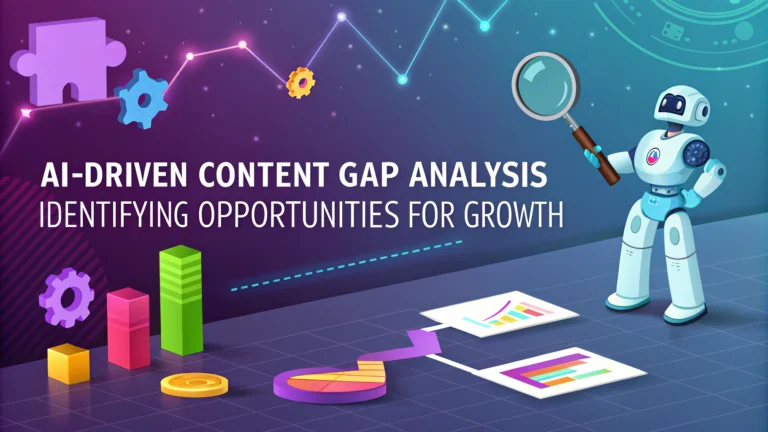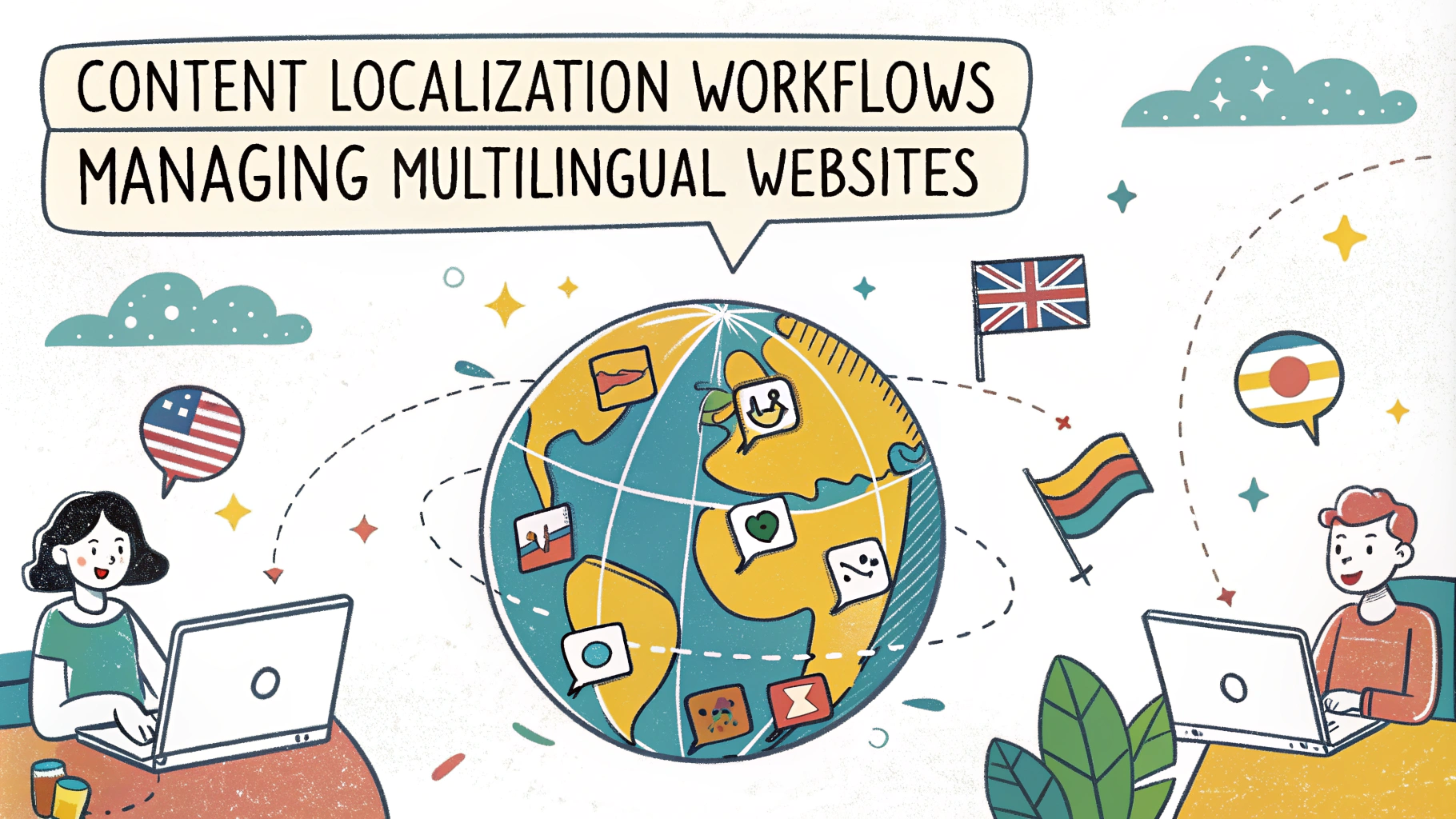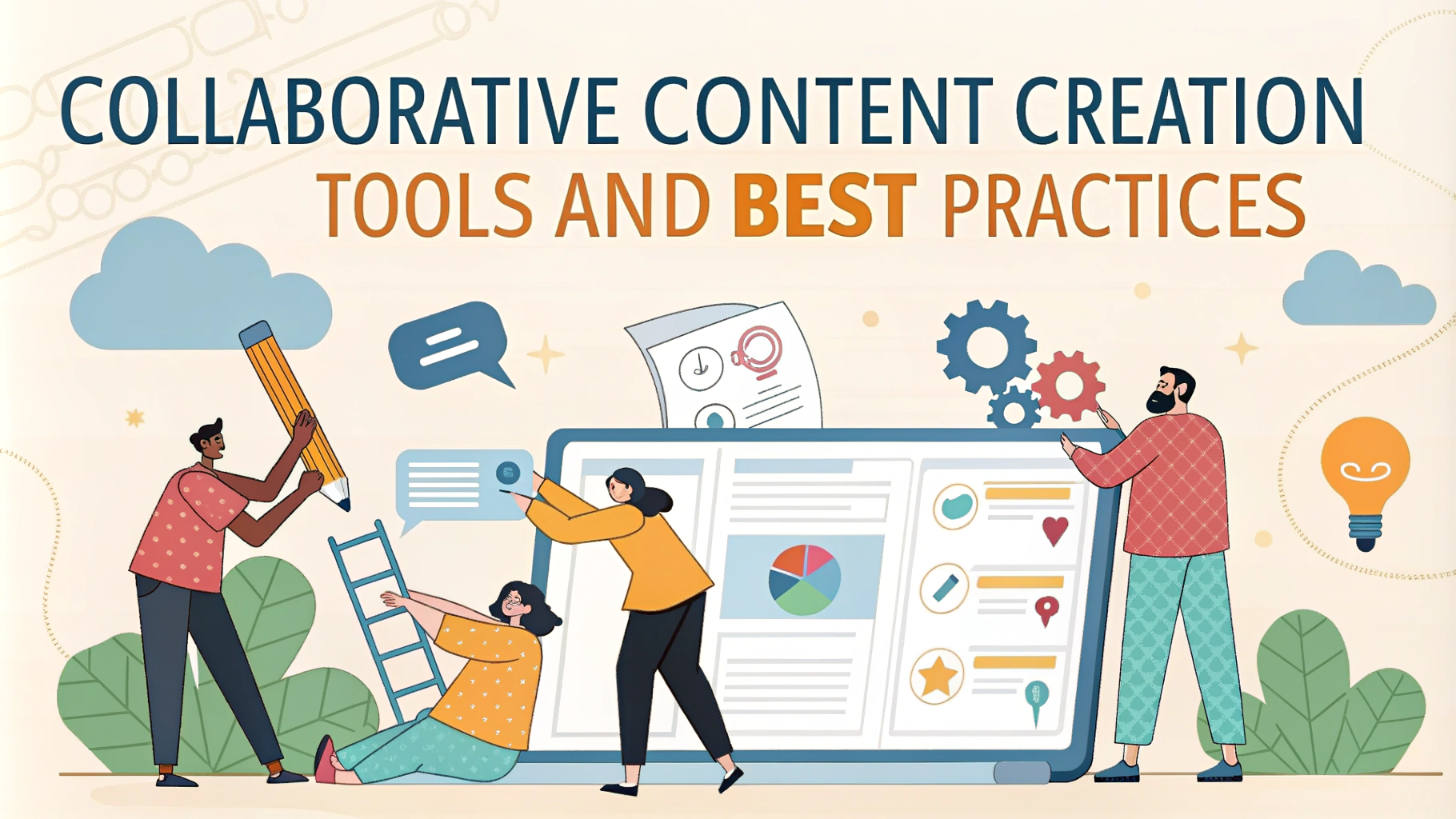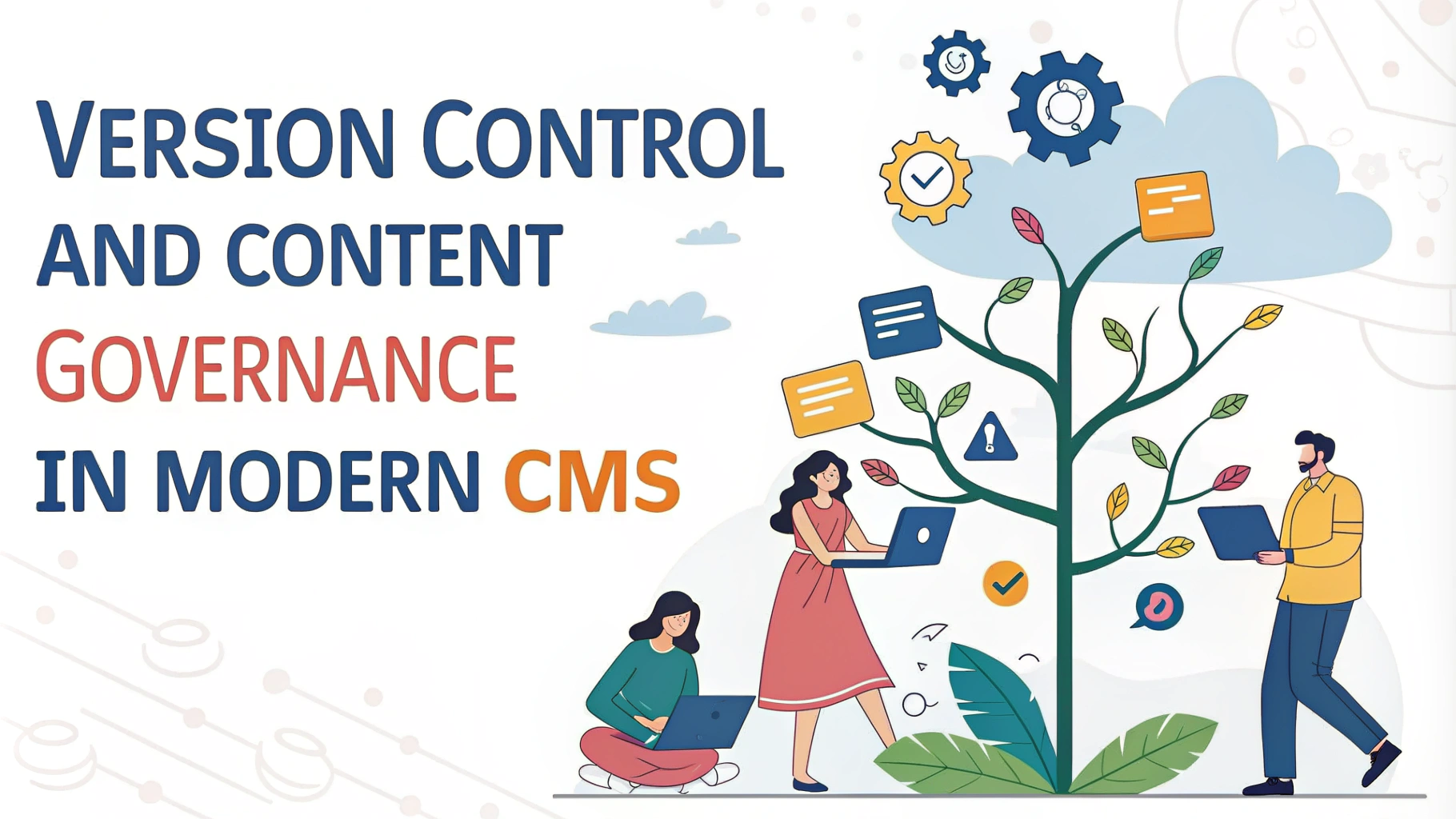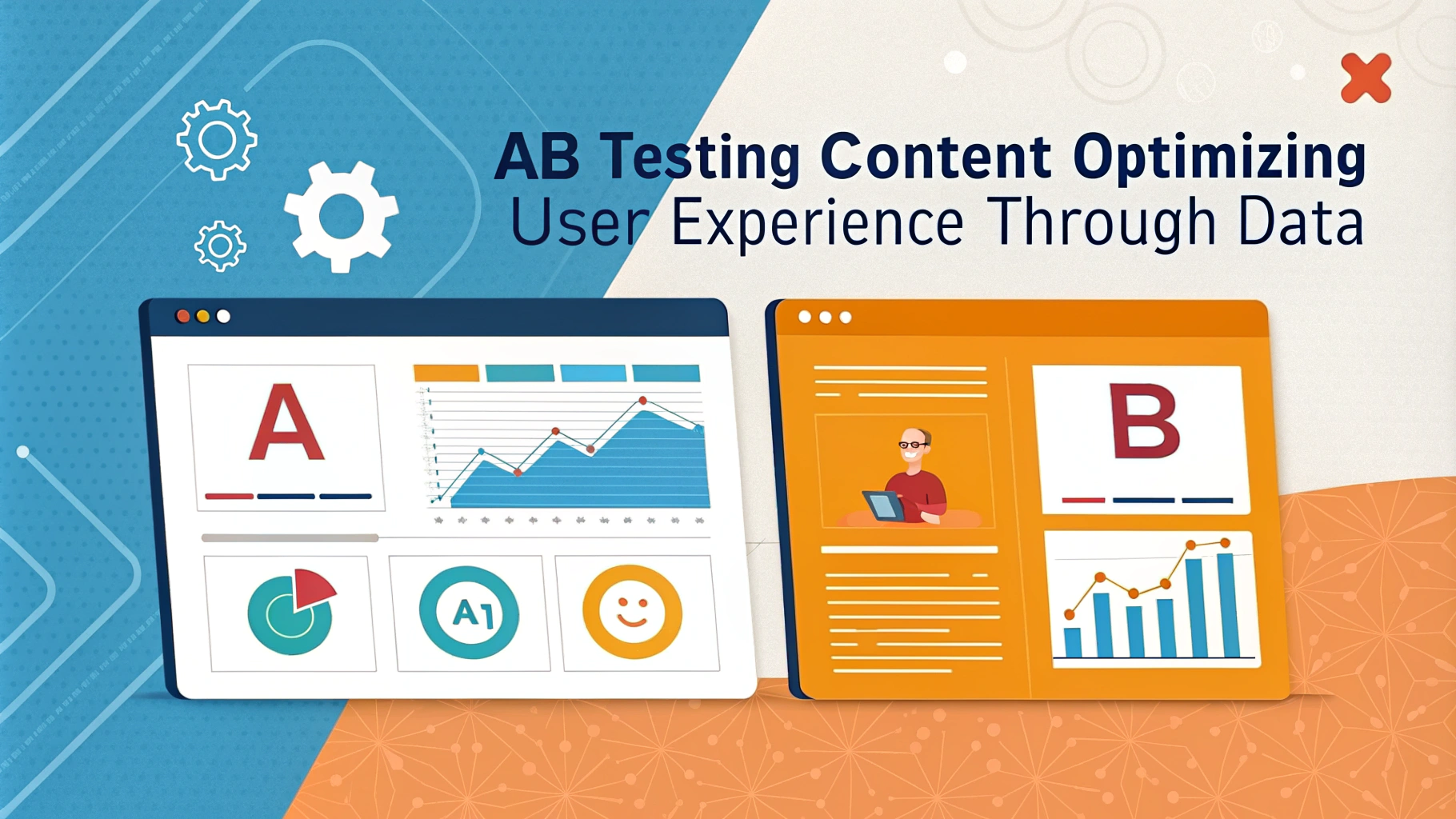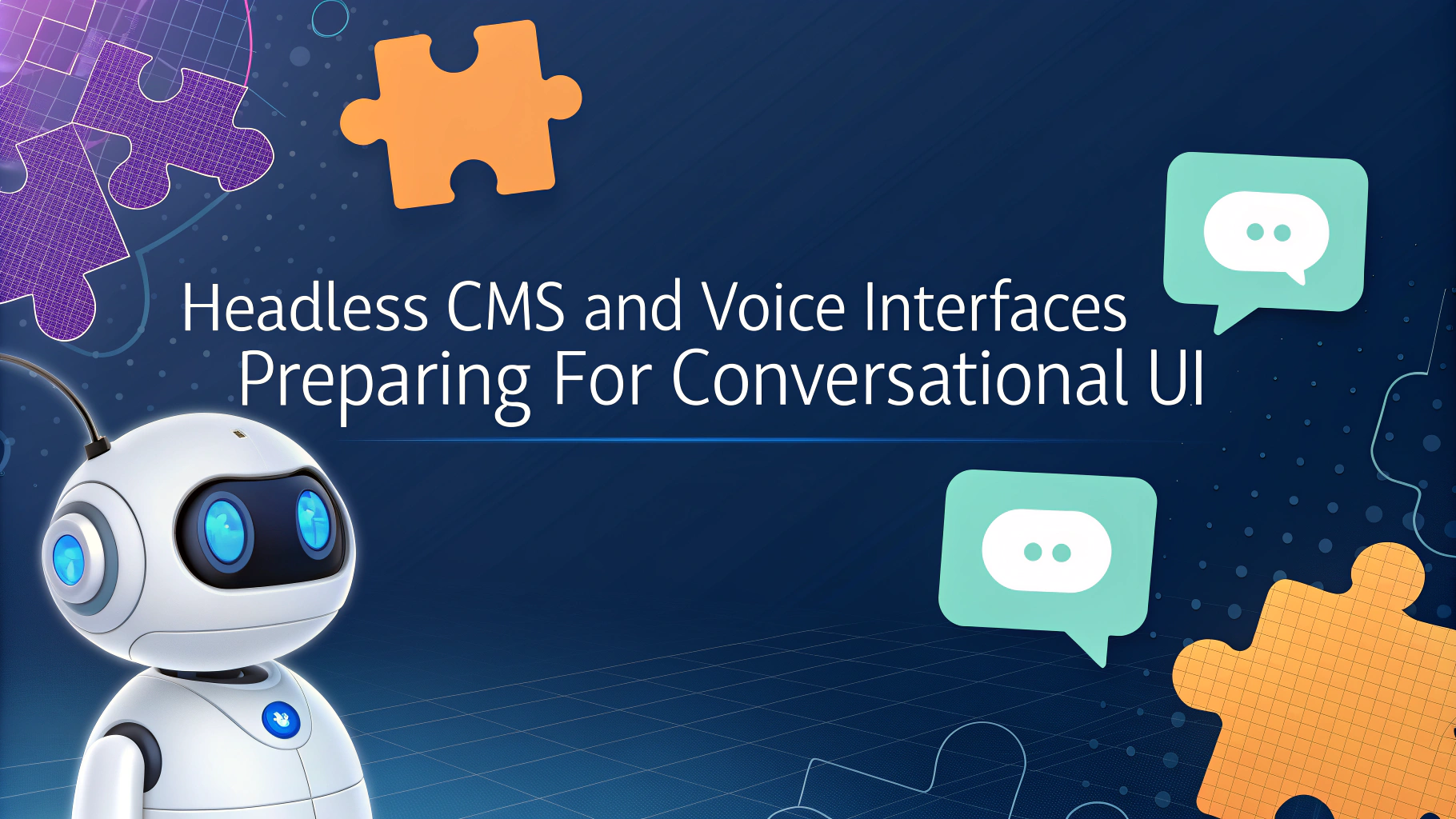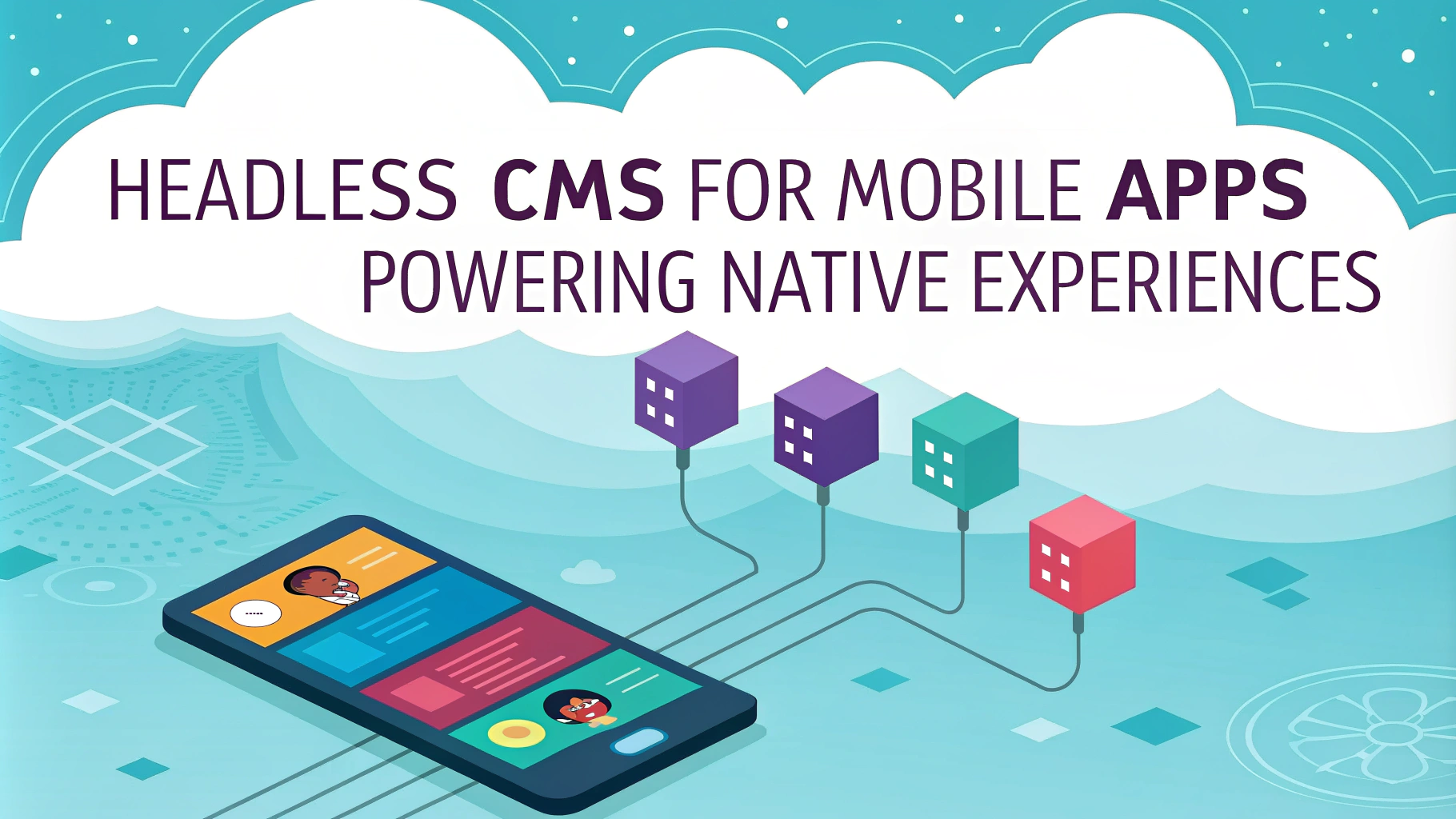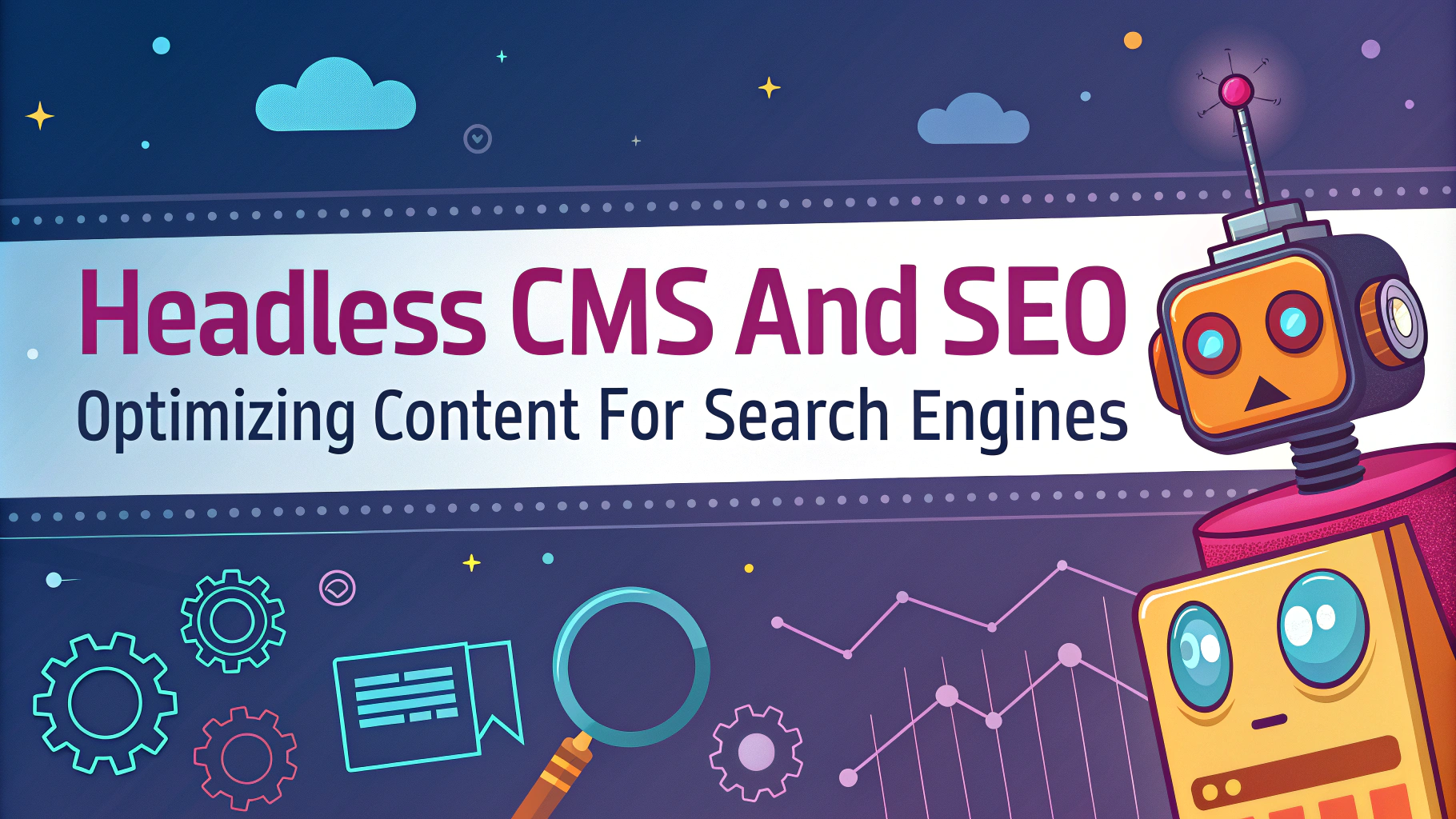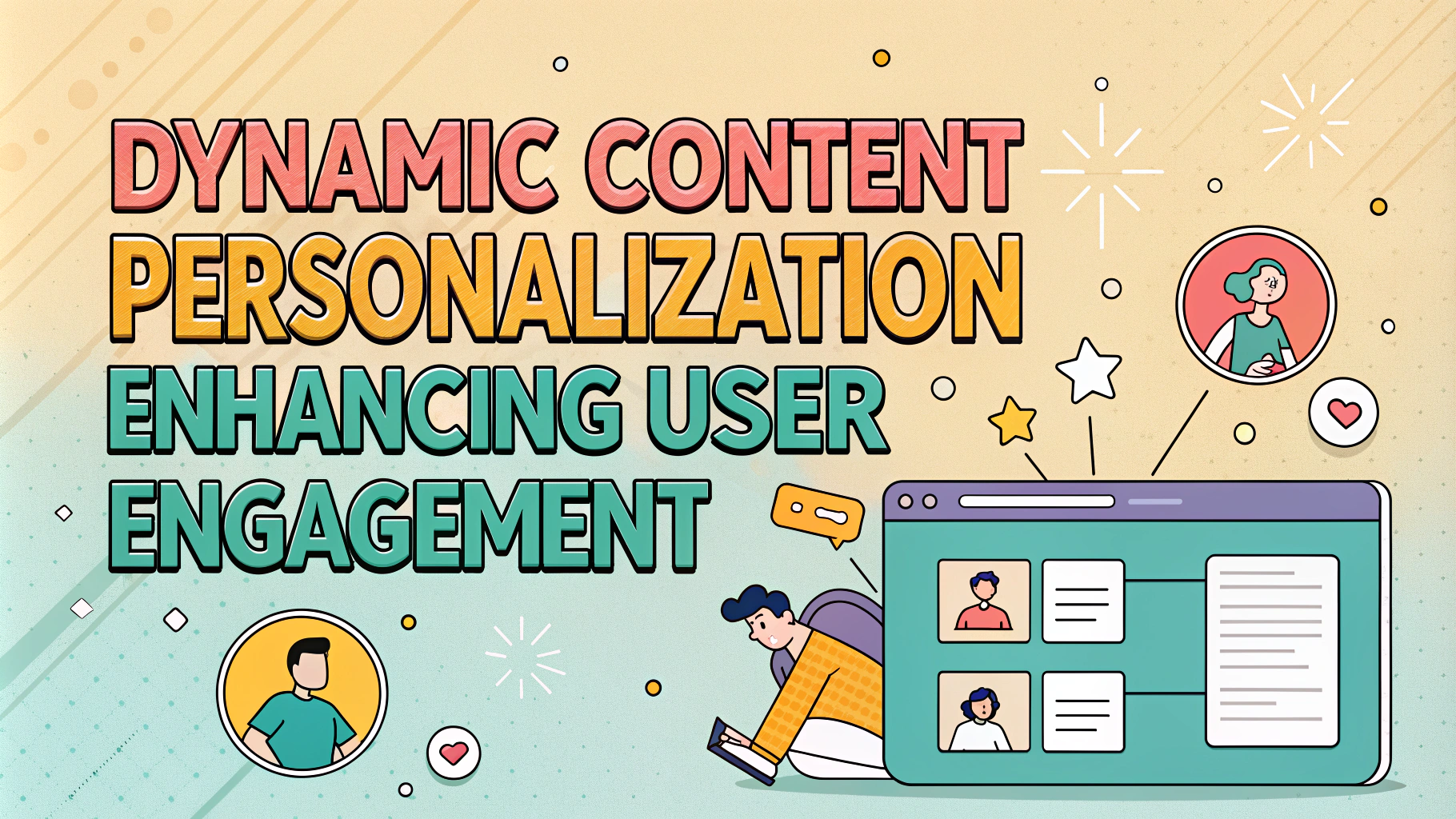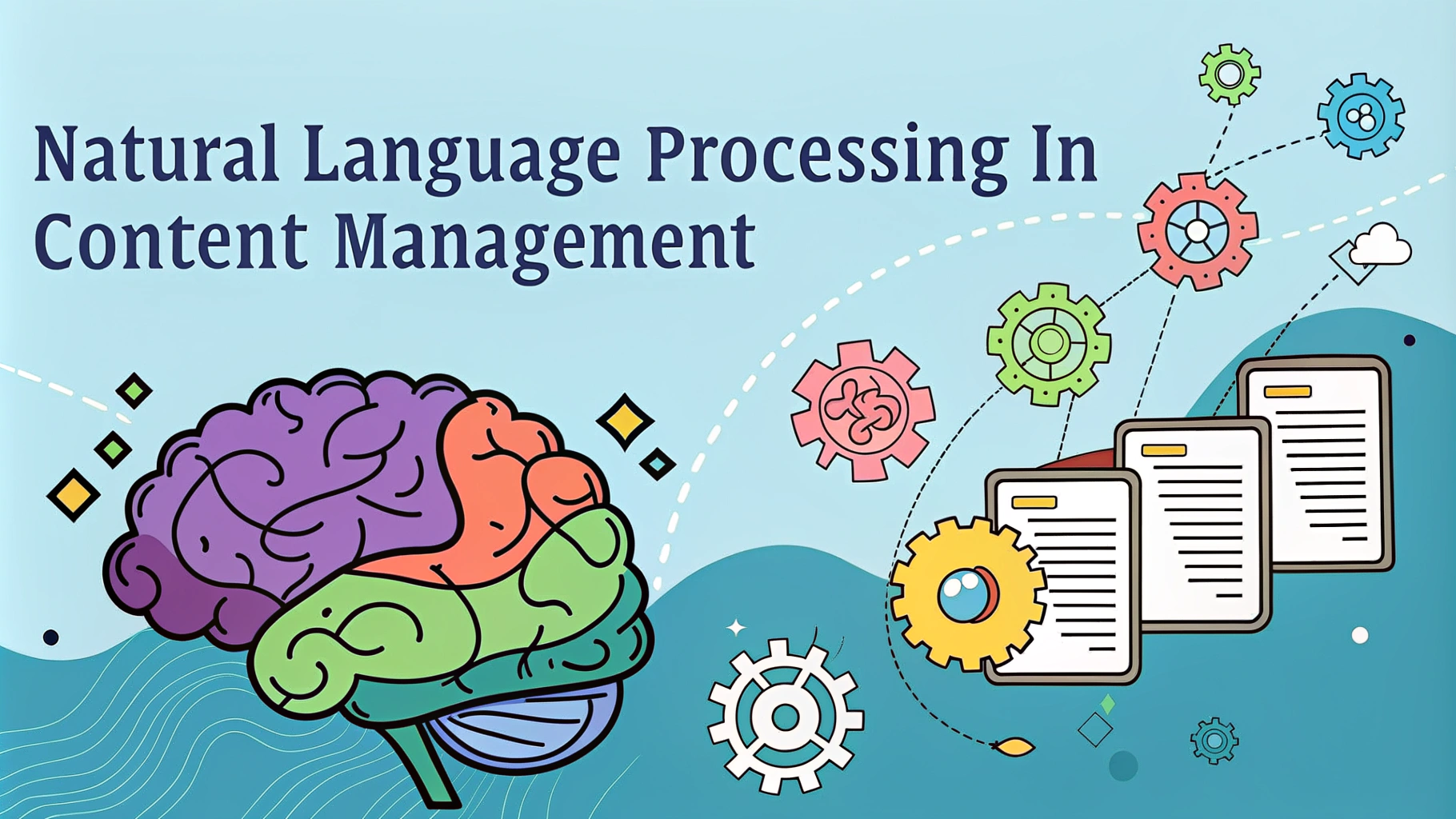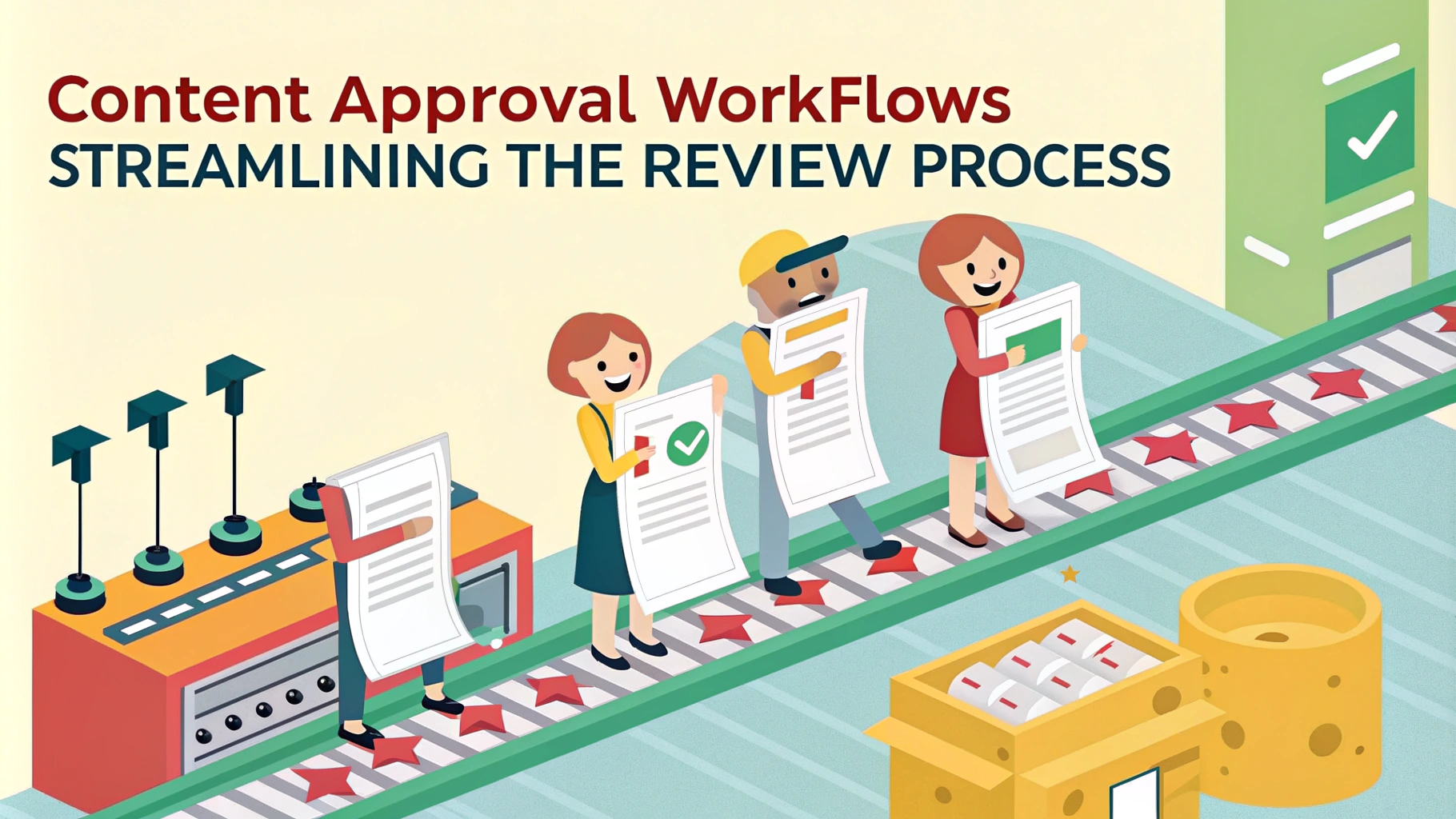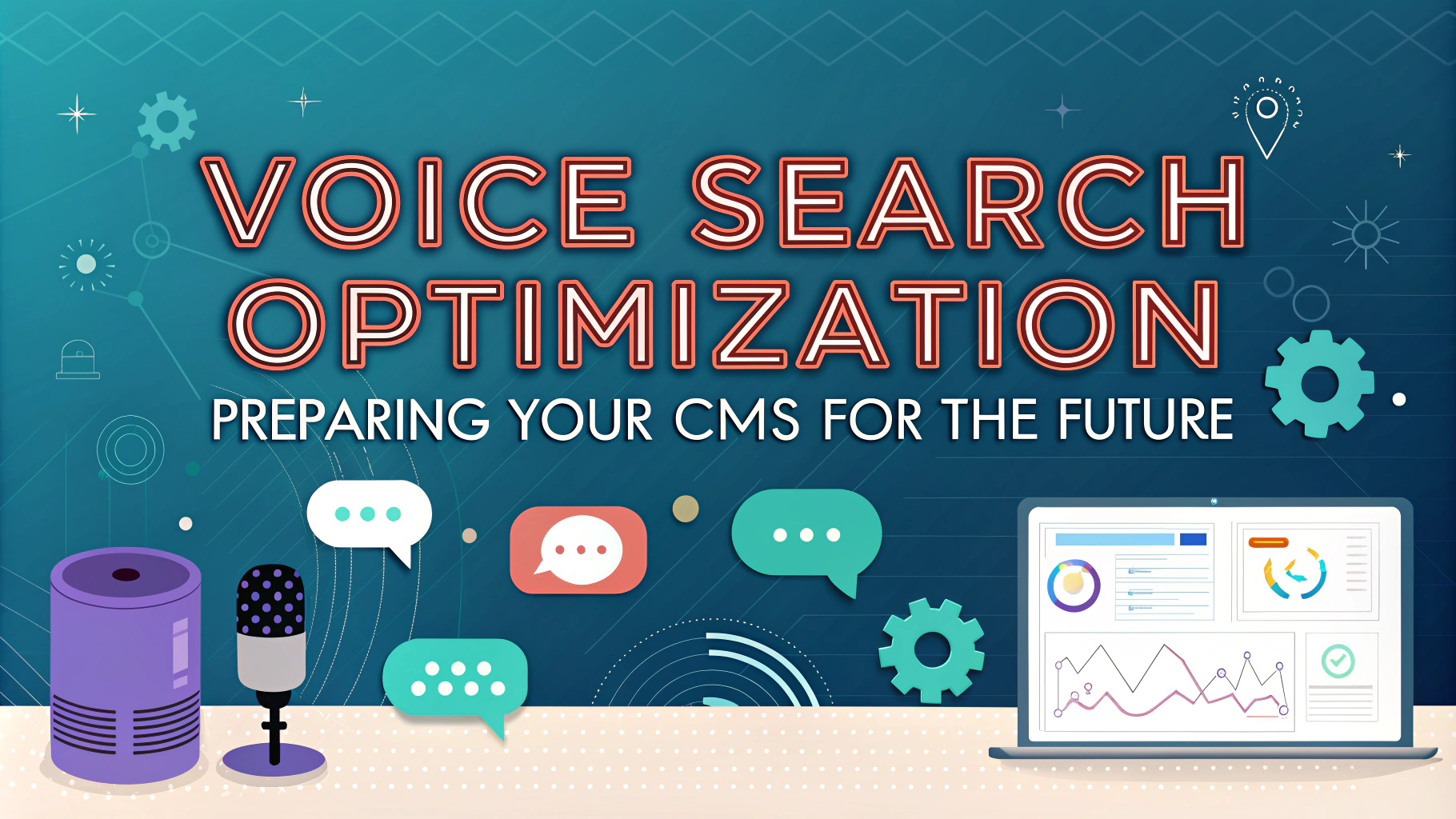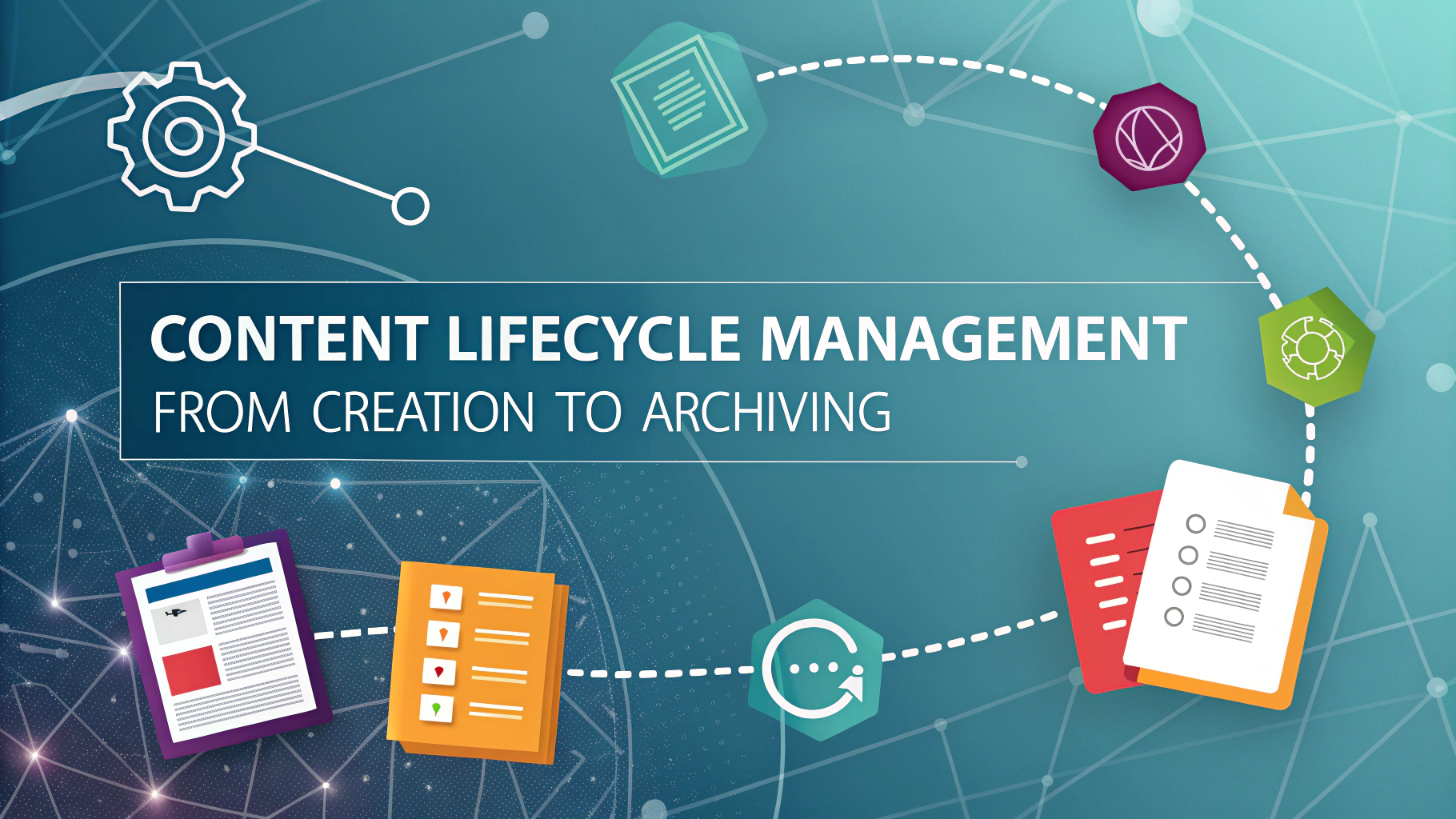Content gap analysis has long been a cornerstone of effective content strategies. Now, with the advent of AI and machine learning, this process is becoming more precise and powerful than ever before. This article explores how AI-driven content gap analysis can help you identify opportunities for growth and enhance your content strategy.
Understanding AI-Driven Content Gap Analysis
AI-driven content gap analysis uses machine learning algorithms to analyze your existing content and compare it to competitors, industry trends, and user search behavior. This process helps identify:
- Topics you haven’t covered that your audience is searching for
- Areas where your content is thin compared to competitors
- Opportunities to update and improve existing content
- Potential new content formats to explore
By leveraging AI, content creators can gain deeper insights and make data-driven decisions about their content strategy.
Key Benefits of AI-Powered Gap Analysis
Implementing AI-driven content gap analysis offers several advantages:
- Efficiency: AI can process vast amounts of data quickly, saving time and resources
- Accuracy: Machine learning algorithms can identify patterns and trends that humans might miss
- Scalability: AI tools can analyze content across multiple platforms and languages
- Real-time insights: Continuously updated data allows for agile content strategy adjustments
These benefits enable content teams to stay ahead of the curve and create more targeted, effective content.
Implementing AI-Driven Content Gap Analysis
To get started with AI-powered content gap analysis, follow these steps:
- Choose the right tools: Select AI-powered content analysis platforms that integrate with your existing workflows
- Define your goals: Determine what specific insights you’re looking to gain from the analysis
- Gather data: Collect data on your existing content, competitor content, and user search behavior
- Run the analysis: Use your chosen AI tool to process the data and generate insights
- Interpret results: Review the findings and identify actionable opportunities for content creation or improvement
Remember, the key to success is not just gathering data, but using it to inform your content strategy decisions.
Maximizing the Impact of AI-Generated Insights
To make the most of AI-driven content gap analysis, consider these tips:
- Prioritize opportunities: Focus on gaps that align with your overall content strategy and business goals
- Balance quantity and quality: Don’t just create content to fill gaps; ensure it provides value to your audience
- Experiment with formats: Use AI insights to explore new content types that may resonate with your audience
- Monitor performance: Track the success of content created based on AI insights and refine your approach
By thoughtfully applying AI-generated insights, you can create a more targeted and effective content strategy.
Integrating AI-Powered Content Gap Analysis into Your Workflow
Seamlessly incorporating AI-driven content gap analysis into your existing processes is key to maximizing its benefits. Here’s how to do it effectively:
- Set up regular analysis intervals: Schedule weekly or monthly content gap analyses to stay on top of trends
- Create cross-functional teams: Involve content creators, SEO specialists, and data analysts in the process
- Develop a feedback loop: Use insights to inform content creation, then analyze performance to refine future strategies
- Automate where possible: Set up alerts for new content gaps or opportunities to streamline the process
By making AI-powered content gap analysis a routine part of your workflow, you’ll ensure your content strategy remains agile and data-driven.
Overcoming Common Challenges in AI-Driven Content Gap Analysis
While AI-powered content gap analysis offers numerous benefits, it’s not without its challenges. Here are some common issues and how to address them:
- Data quality concerns: Ensure you’re feeding your AI tools high-quality, relevant data for accurate results
- Overreliance on AI: Balance AI insights with human expertise and creativity
- Interpretation difficulties: Invest in training for your team to effectively interpret and act on AI-generated insights
- Privacy and ethical considerations: Be transparent about your use of AI and respect user data privacy
By proactively addressing these challenges, you can ensure a smoother implementation of AI-driven content gap analysis.
Measuring the Impact of AI-Powered Content Gap Analysis
To justify the investment in AI-powered content gap analysis, it’s crucial to measure its impact on your content strategy. Consider these metrics:
- Organic traffic growth: Track increases in traffic to pages created or optimized based on AI insights
- Keyword rankings: Monitor improvements in search engine rankings for targeted keywords
- Content engagement: Measure changes in time on page, bounce rates, and social shares
- Conversion rates: Analyze how AI-informed content impacts lead generation and sales
- Resource efficiency: Calculate time and cost savings in content planning and creation
By tracking these metrics, you can demonstrate the ROI of AI-powered content gap analysis and refine your approach over time.
Future Trends in AI-Driven Content Gap Analysis
As AI technology continues to evolve, so too will its applications in content gap analysis. Keep an eye on these emerging trends:
- Natural language processing advancements: Improved understanding of context and user intent
- Predictive analytics: AI tools that can forecast future content trends and gaps
- Personalization at scale: Tailored content gap analyses for different audience segments
- Integration with voice search: Identifying content gaps related to voice queries and conversational AI
Staying informed about these trends will help you stay ahead of the curve and continually refine your content strategy.
Conclusion: Embracing the Future of Content Strategy
AI-powered content gap analysis represents a significant leap forward in content strategy optimization. By leveraging machine learning algorithms to identify opportunities and trends, content creators can develop more targeted, effective, and engaging content.
As you implement AI-driven content gap analysis, remember to:
- Integrate it seamlessly into your existing workflows
- Address challenges proactively
- Measure its impact on your content performance
- Stay informed about emerging trends in the field
By embracing this powerful tool, you’ll be well-positioned to create content that resonates with your audience and drives business growth in an increasingly competitive digital landscape.

